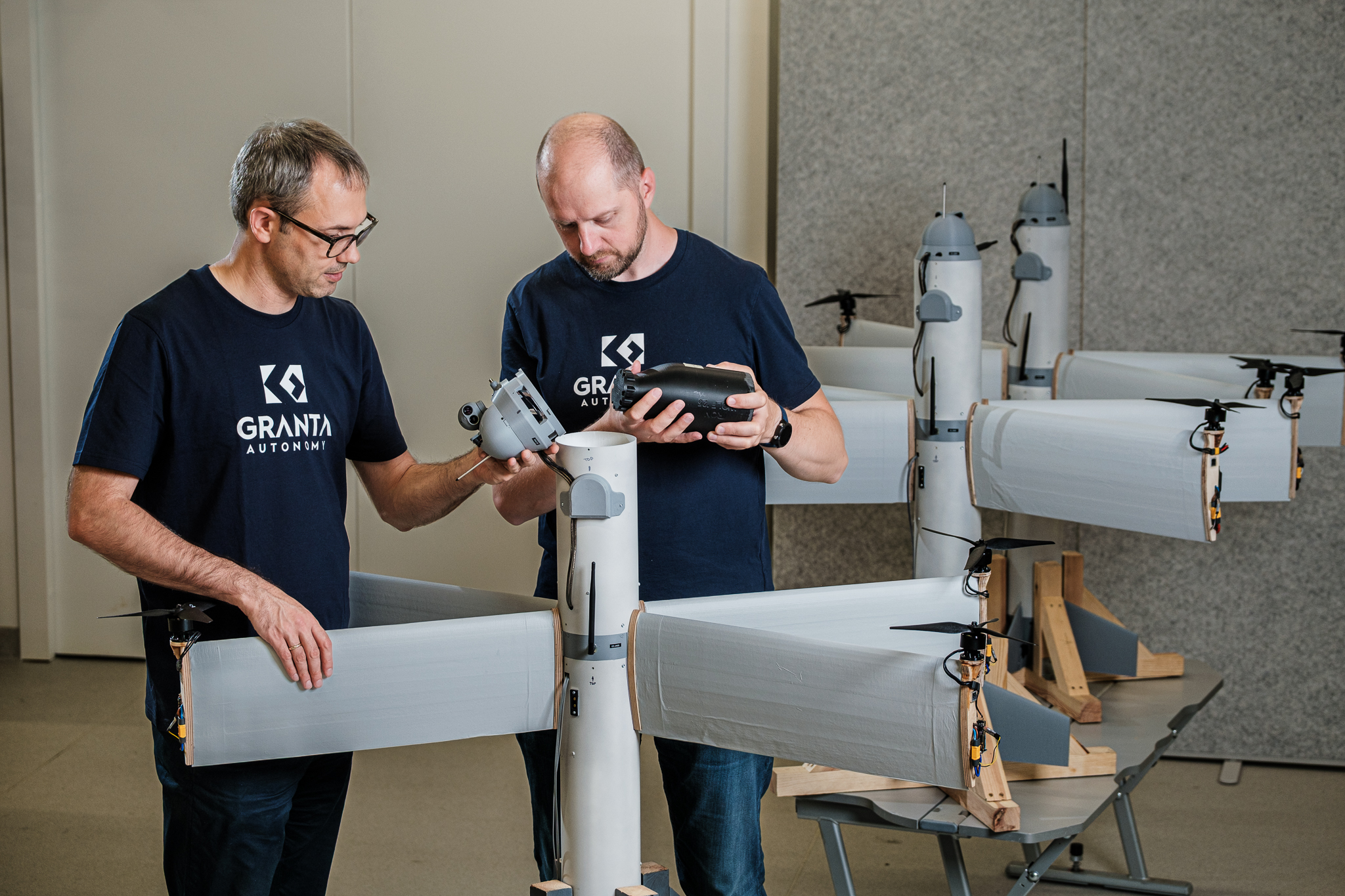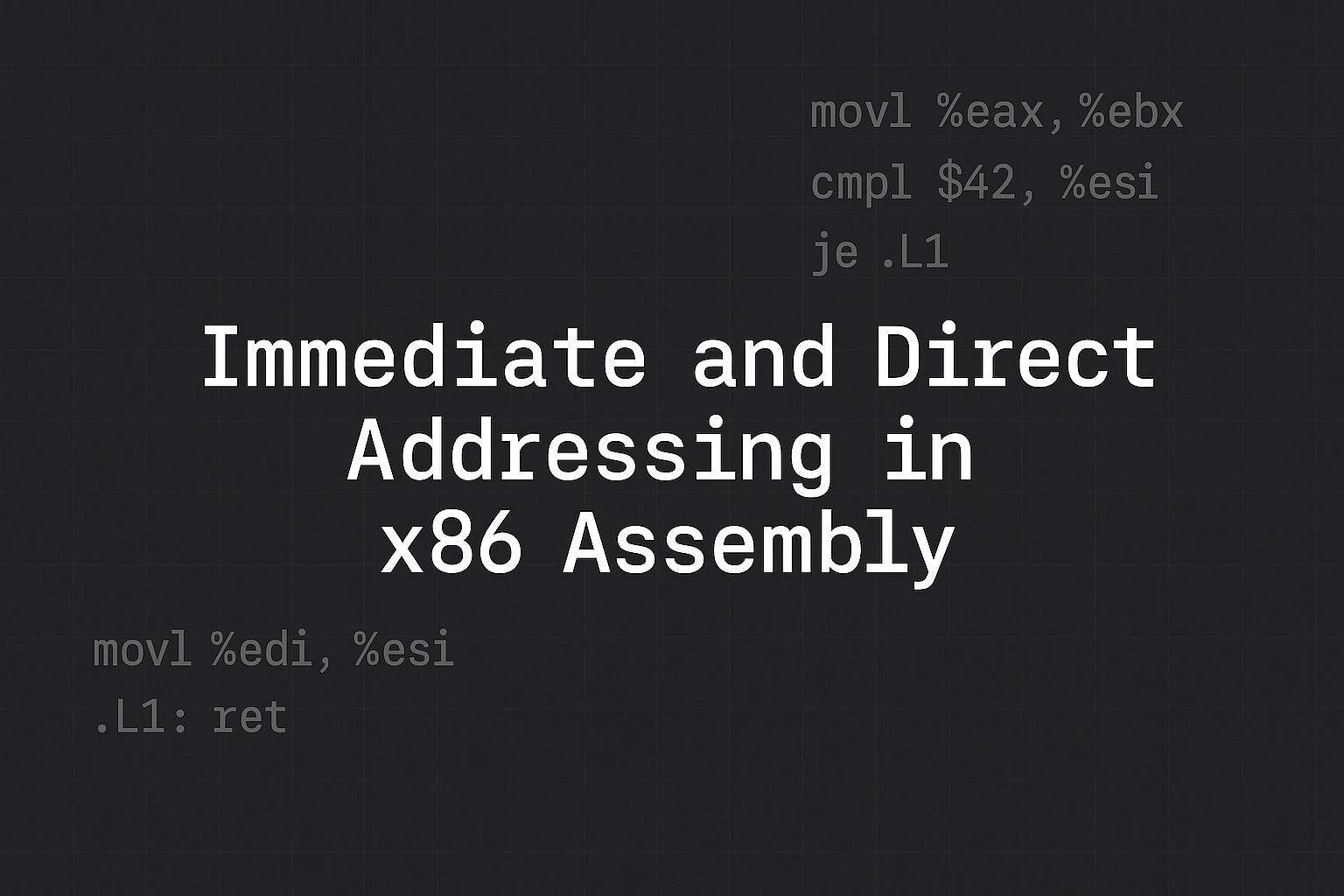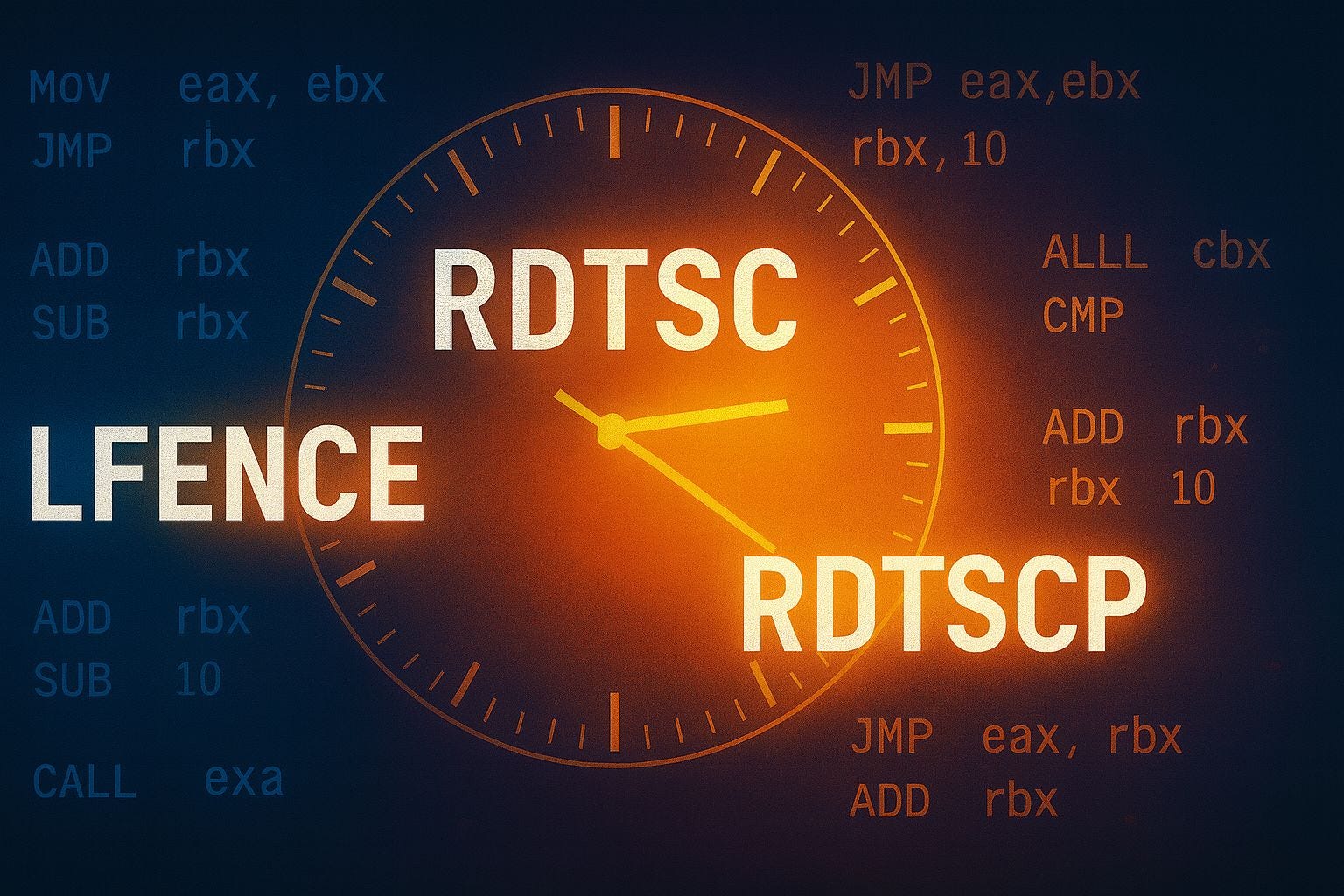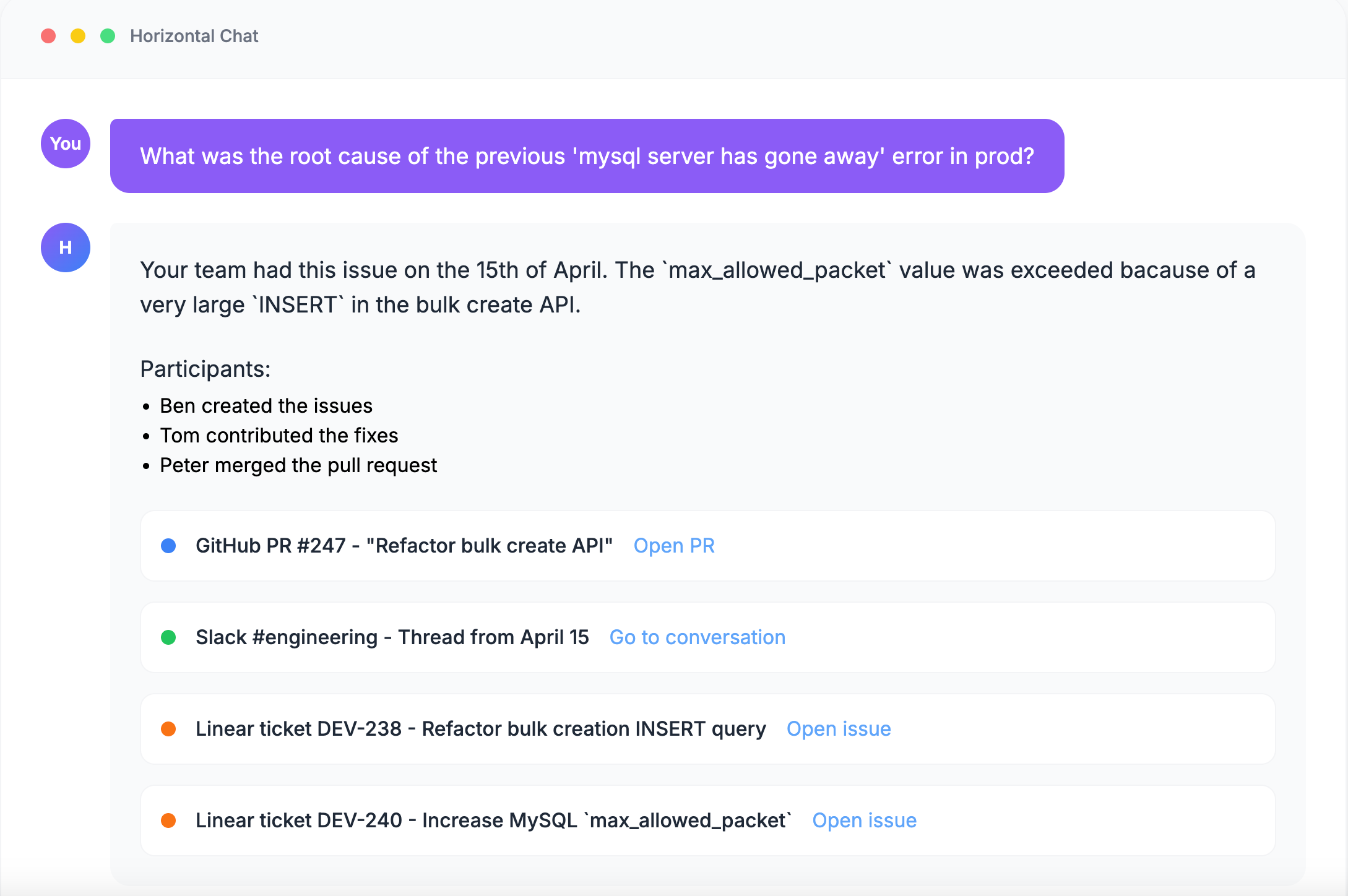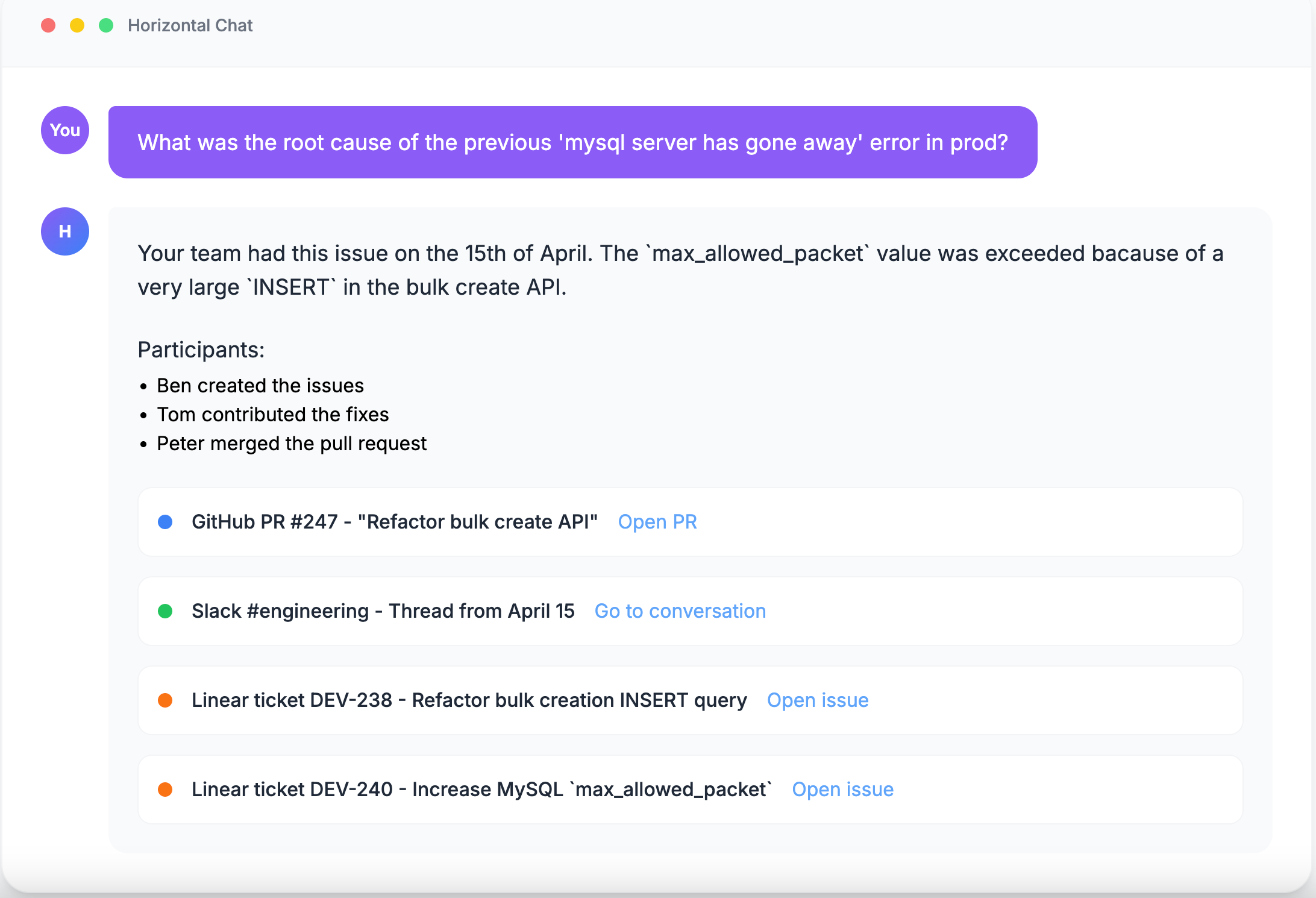
Introduction
This is a new series where I’m documenting the entire process of building my 6th SaaS product.
I’ve launched 5 SaaS products in previous years. These were:
-
szabaduszok.com – (szabaduszok means freelancers in my language) A freelancer platform for the Hungarian market. It was similar to freelancer.com or Fiverr. It had about 3,000 free users. Never had paying customers, but I sold the project for a small amount of money.
-
Laracheck – A code review tool for Laravel projects. My favorite feature was N+1 query detection. It still has 3 or 4 paying customers.
-
junior.dev – Code generation tool for Laravel projects. It could generate full CRUD functionalities and tests. Never monetized it.
-
ReelCode – A LeetCode alternative with more practical challenges. It had a free and a premium plan. Didn’t have significant revenue.
-
ContentSoup – A content remix tool. You give an article to it, and it creates 25 Twitter threads, etc. I mainly built it for myself and sent it to some content creators. It wasn’t successful, and I didn’t want to invest a lot of time and money to reach out to content creators.
-
deQenQ – A software development company where we focus on system design, performance optimization, and AI integration. This is not a SaaS product, but I wanted to include it.
Most of them failed without significant revenue.
So this is not a series where I tell you how to launch a successful SaaS.
Because, clearly, I have no idea.
This is me documenting my 6th SaaS adventure.
Reflecting on my failures
I’m 99% sure what went wrong with my previous projects. It’s one word.
Marketing.
Building a SaaS, for me, and for lots of developers, looks like this:
-
70% of coding
-
20% of agonizing over the deployment process
-
10% of marketing
But it probably should look like this:
-
1% of coding
-
99% of selling it to real people for real money
This is bad news for us, developers.
For this product, I’ll follow some ideas from the book “Traction.” This one, to be more precise:
From day 1, I’ll dedicate 50% of my time to product and 50% to marketing.
I’ll share lots of things about my marketing approach in the following posts. But first, let’s talk about the idea.
The idea
Where is my docker volume?
It was the 15th of August, around 9AM. I was about to deploy a new project and set up HTTPS.
The app was running in a docker compose stack in production. I wanted to add certbot.
I remembered that certbot has a Docker image and that I need to mount some directories from the proxy to certbot or something like that. I’ve already done this a few times in the past. But I had no idea when, or in which project, etc.
Of course, I couldn’t find anything.
So I started the entire process from scratch. Again. Probably for the 4th time in my life. It took like an hour, it was clunky, I hated my life.
Why the hell am I not able to ask an application a question like: in which project did I do the exact same thing and how?
Who the hell is Peter?
It was 3:30PM when my calendar sent a notification:
You have an event in 30 minutes, 4:00PM “Peter x Martin”
The meeting didn’t have additional context.
Who the hell is Peter and what am I supposed to talk about?
If you think I’m lame, yes I am, but on top of that I have ~1,100 Twitter conversations from the last ~40 days:
I start conversations with my followers and offer a 30-60min Google Meet for anyone who needs a little help. I don’t know my followers personally, so there can be lots of potential “Peters.”
I quickly started searching in emails, Twitter messages, Drive memos, etc.
After ~15 minutes, I found out who Peter was.
Why the hell am I not able to ask an application a question like: please remind me who Peter is and what’s the topic of our 4PM meeting?
Thanks to certbot and Peter, I started thinking about an app that solves these kinds of problems (and man, I have lots of problems like these).
The search platform
So I want to build a search platform for engineering teams.
It’s called Horizontal
An app that integrates with all of my tools and understands everything. Tools like:
-
Gmail
-
Google Drive
-
Dropbox
-
Calendar
-
Notion
-
Trello
-
Linear
-
Slack
-
S3
-
GitHub
-
Jira
-
etc
The main point is that it should understand the “context.”
For example, let’s say we’re talking about a new idea or feature:
-
It starts as an email
-
We have a Google Meet
-
Then we create a Drive folder with documents, spreadsheets, etc
-
We talk about it in a Slack conversation
-
Then a Linear issue is created
The vast majority of the information is lost, and no one remembers it.
This platform would connect all of those data points spread across your team and would present them to you in a consumable way.
If we want to go a bit further and think about developer-specific use cases, here’s an interesting one:
-
A critical bug appears in production
-
You want to find similar issues from the past
-
You dig through Jira tickets, GitHub issues, and Slack conversations
-
You spend an hour recreating context that already existed
With Horizontal you would be able to do this:
Be honest:
The app could be used in different departments of a company:
-
Engineering
-
Product
-
Business
-
Sales
-
Onboarding
-
etc
In the next issues, I’m going to talk about the implementation details and the marketing plan.
Support
If you want, you can support Horizontal in different ways:
-
Join the project as a marketer
-
Join the project as a developer
-
Bring your team as beta testers
If you’re interested, drop me an email at martin@martinjoo.dev or book an appointment in my calendar here.

Computer Science Simplified
[crypto-donation-box type=”tabular” show-coin=”all”]




